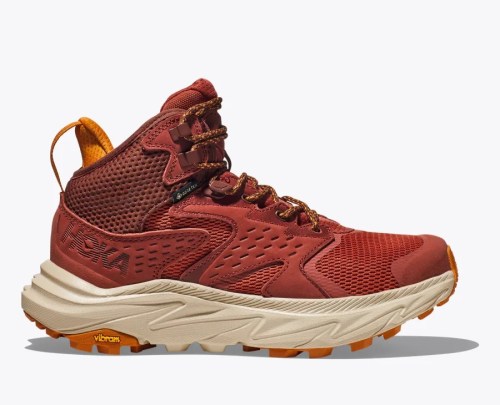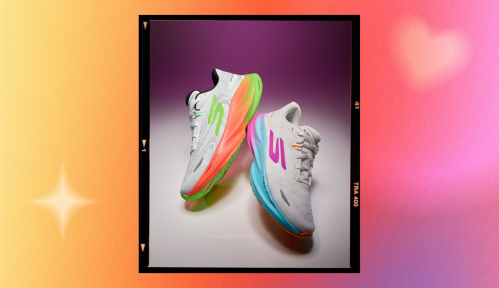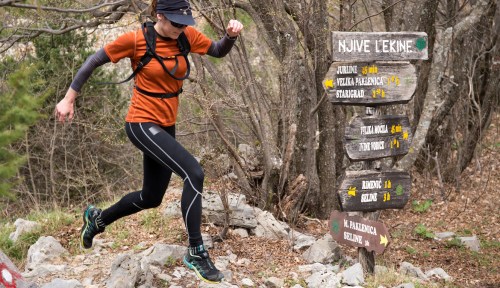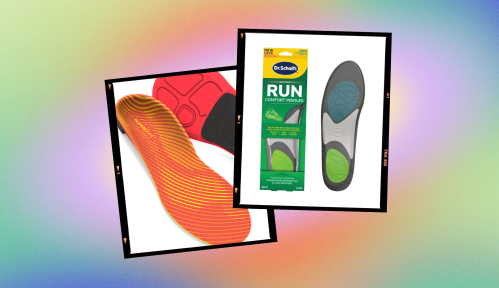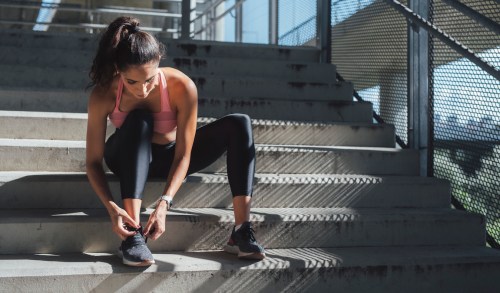Are Hoka’s New Hiking Boots As Lightweight and Waterproof As They Promise? We Put Them to the Test
Are Hoka’s new hiking boots as lightweight and waterproof as they promise? I put them to the test. Here’s what you should know.
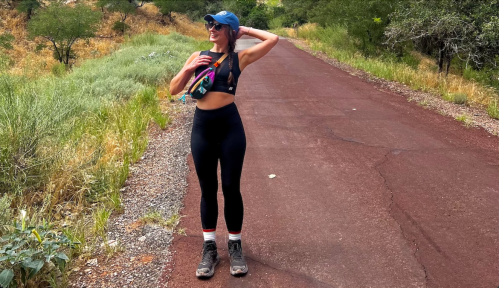
Slippery soles, barely there cushioning, tight spots that all but guaranteed blisters—it’s a miracle that my (former) laissez-faire attitude toward hiking boots didn’t cause me to careen down a mountain. I used to throw on whatever pair sat closest to the front door, paying more attention to how well they coordinated with my outfit than how grippy the traction or marshmallow-y the padding was. That is, until I slipped on a pair of the Hoka Anacapa 2, the new-and-improved version of the brand’s fan favorite hiking boot.
Experts in This Article
Hoka’s director of outdoor and kids’ footwear
board-certified podiatrist, foot and ankle surgeon
The hype around Hoka knows no bounds, with legions of dedicated fans (including the American Podiatric Medical Association) lacing up their colorful running sneakers, hiking shoes, and hiking boots too. Not only is the brand dedicated to advancing good foot mechanics and health, but they do so with earth-friendly materials and eye-catching color combinations too.
With a hiking trip to Zion National Park in Utah on my calendar, I decided to hop on the Hoka bandwagon and put the Anacapa 2s to the test. Would they be as lightweight and waterproof as promised? How huggable is the heel? Would I hobble away with wet socks and feet full of blisters? I found out.
First looks at the Hoka Anacapa 2
Fresh out of the box my pair looked a bit bulky, even if they didn’t feel heavy. Perhaps that’s because I opted for the all-black mid version with higher ankle coverage. They took up serious room in my suitcase too, prohibiting me from packing a backup pair. I crossed my fingers, putting a lot of faith in the Anacapa’s Gore-Tex waterproof, breathable technology and grippy Vibram outsole. Despite limited time to wear them before hopping a flight to Zion, I had nothing to worry about.
Hoka Anacapa 2 Mid GTX — $195.00
Available sizes: 5-11, in half sizes
Weight: 14.7 oz.
Colors: 5
Stack height: 37 mm heel, 27 mm forefoot
(Also available in a low-top version that’s lighter at 12.4 oz. for $180)
Pros
- Supreme cushioning
- Waterproof
- Lightweight
- Made with a focus on sustainable materials
Cons
- Toe box on the narrow side
- Slightly bulky
The Anacapa 2 is available in both low and mid versions, each in a handful of colorways and both with everything you know and love about Hoka shoes: loads of cushion, a rocker-like bottom that propels you forward, serious stability, and no painful break-in period.
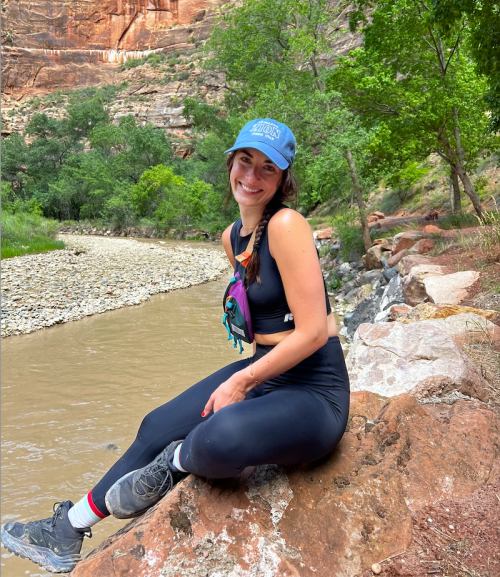
According to Hy Rosario, Hoka’s director of outdoor and kids’ footwear, the brand had three main goals for the 2.0 version of the Anacapa: improve its performance, increase its durability, and up the usage of more Mother Earth-friendly materials. Check, check, and check.
How so? First, to add to their durability, Hoka used stronger meshes to sit alongside the nubuck upper. Hoka also increased the use of sustainable materials with a 30-percent sugarcane-based EVA compound, along with recycled polyester yarns throughout the outer mesh, tongue mesh, laces, webbings, and linings. Another subtle yet ingenious feature: The “active foot frame,” as Rosario calls it, which allows your feet to rest comfortably inside the midsole, rather than on top of it. No wonder they’re podiatrist-approved.
It’s because of design elements such as these that Mark Mendeszoon, DPM, a podiatrist who owns two specialty running shoe stores in Ohio and Pennsylvania, says, “Hoka shoes have revolutionized the way people walk and run. They provide maximal cushion, yet are lightweight.” According to Dr. Mendeszoon, anyone with foot, back, or knee issues would benefit from Hoka’s ultra cushioning, and their rocker-style sole is a plus for people with common foot conditions like bunions or hammer toes, as well as Achilles tendon problems.
In the low-top version, Hoka applied Gore-Tex’s Invisible Fit technology, which promises a better, less bulky fit with peak breathability. The mid cut features standard Gore-Tex construction, also for top-notch waterproof and breathable delivery. Each version offers Vibram rubber outsole coverage (the hero of the design, in my opinion) for better traction and durability.
As for downsides, those with wide feet beware: The toe box is a bit narrow, and the boots aren’t available in wide sizing. You’ll want to keep an eye on the outsole’s sizable grooves too, especially if you’re hiking in wet weather. They’ll need a good stomp occasionally to release the built-up mud and rocks.
And while these hiking boots were clearly designed to stand up to even the most serious of terrains, you don’t have to be climbing a mountain to consider lacing up a pair. They’re surprisingly versatile, from light hiking and trail walking to errand running and even casual work wear. “All the durability, traction, cushioning, and waterproof protection elements cross over into our everyday normal routines,” says Rosario.
Dr. Mendeszoon agrees. He also recommends wearing the Anacapas for outdoor activities—say, attending your nephew’s football game or walking your dog on icy sidewalks—as they keep your feet warm and dry when the weather takes a turn for the wet, cold, and slippery.
What happened when I took the Hoka Anacapa 2 out for a hike
The grippy outsole comes in handy for a variety of surfaces and climates—especially when Mother Nature has her own plans, like when she dumped a downpour on Zion the afternoon before my sunrise hike. Yet, even as I crossed streams and scrambled over slippery rock, I stayed steady on my feet and (hallelujah!) my socks stayed dry.
At the end of a long day of hiking and biking through awe-inspiring Zion views, my feet weren’t tired, my ankles weren’t sore, and there wasn’t a blister to be found.
Sign up for the Well+Good SHOP Newsletter
Get exclusive deals on wellness, beauty, fitness, and food products that have been hand-picked by our editors.
Got it, you've been added to our email list.
